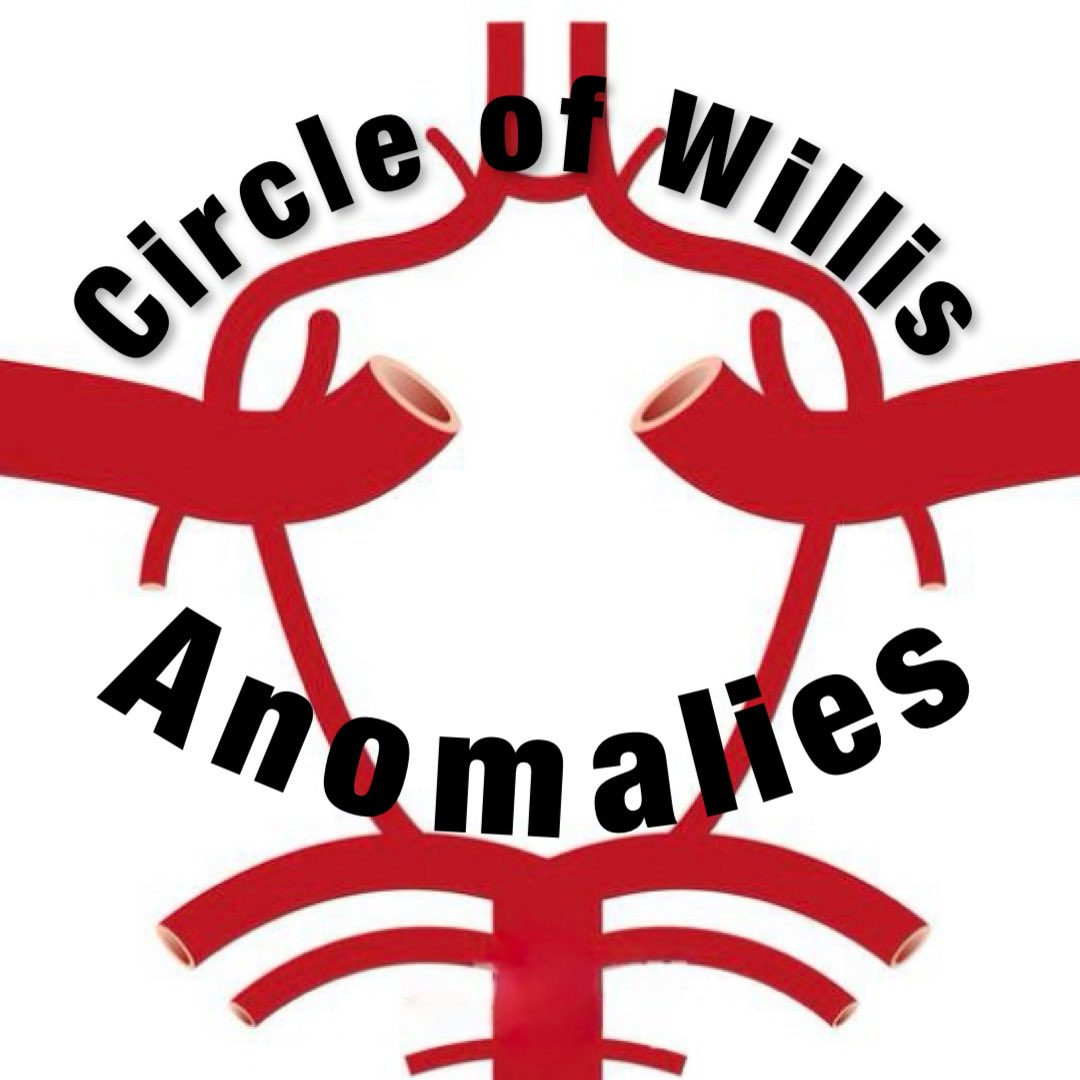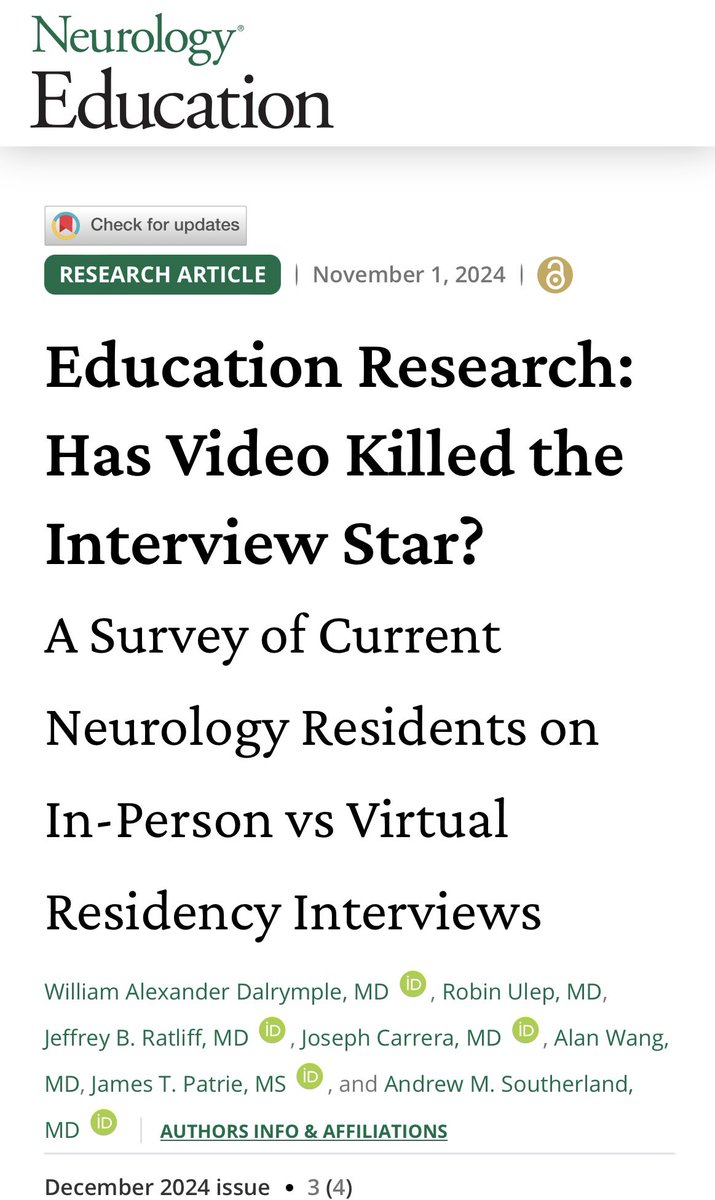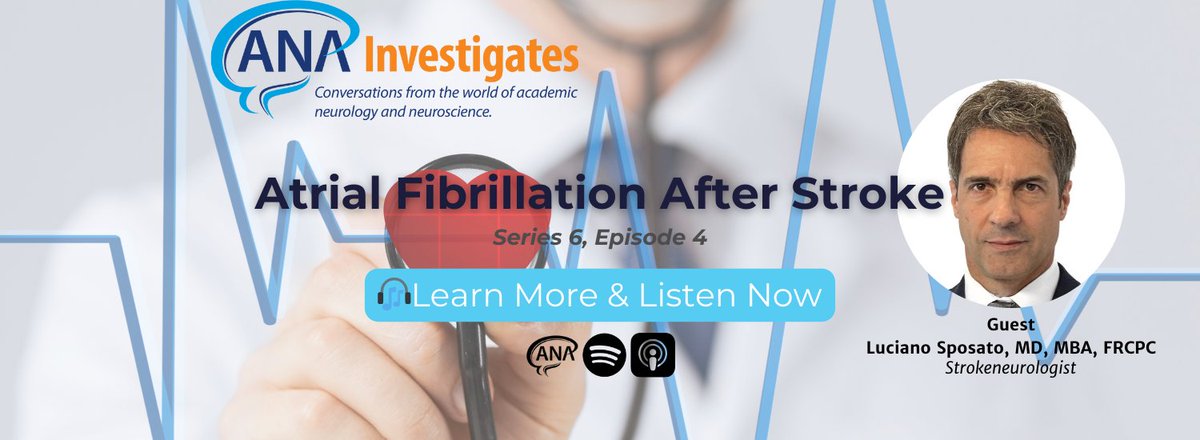
Joe Carrera, MD
@joecarrera_md
@umichmedicine vascular neurologist. @UMich, @IowaMed, and @UVANeurology alum. Here for all things #neurology, #stroke, and #meded. Views are my own.
ID: 1517223736591585280
21-04-2022 19:28:26
207 Tweet
376 Followers
587 Following

Michigan Adult Neurology is hosting just one virtual open house: Thurs Sept 12 at 7pm EST. Come learn more about why we are so proud of our program and whether this is where you belong! tinyurl.com/UMNeuroOpenHou… @NMatch2025 Inside The Match UMichNeurosciences


During a #stroke, Black Americans arrive later to emergency departments — which are less likely to be notified of a patient’s condition ahead of time, a national study in Circulation shows: michiganmedicine.org/health-lab/bla…

The research, led by Regina Royan, MD MPH, Brian Stamm, MD MSc and Tracy Madsen MD PhD, found that it took nearly 30 minutes longer for a Black patient to be brought in for emergency care after displaying symptoms of a stroke. EMS was also ~20% less likely to notify the ED ahead of arrival.



Curious about the resident experience with virtual vs in-person interviews? Check out this recent paper from some of my favorite #MedEd neurologists! @ASouthDoc Jeff Ratliff, MD, FAAN Robin Ulep, MD Alan Wang neurology.org/doi/10.1212/NE…
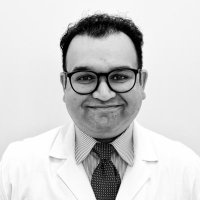

Do virtual interviews represent a “culture of good enough”? Important that this discussion move forwards. My thoughts on this important article are now published at the link below in Neurology Journal Education Joe Carrera, MD Jeff Ratliff, MD, FAAN Robin Ulep, MD Link: neurology.org/doi/10.1212/NE…

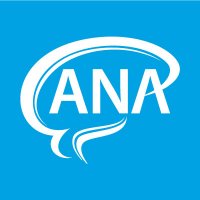
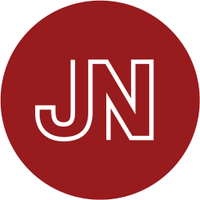
Apixaban compared to aspirin was associated with fewer incident nonlacunar covert infarcts among patients with a recent cryptogenic ischemic stroke and atrial cardiopathy. Kevin Sheth ja.ma/3PS3XGn


MeVO trials 🧠Mica Schachter, MD 🇺🇲🇦🇷 #ISC25 Stroke AHA/ASA Casey Albin, MD Luciano Sposato 🇦🇷🇨🇦 Richard Choi, DO, FNCS Jimmy Suh, MD Jay Dolia MD Sitara Koneru, MD Giana Dawod, MD Jennifer Harris Rachel Forman Shadi Yaghi Alexandra Czap Alianza Joven Latinoamericana contra el ACV Andreas Charidimou MD, PhD Jim Siegler (@jimsieglermd.bsky.social now) SVIN Dan Harrison, MD #stroke @neurology
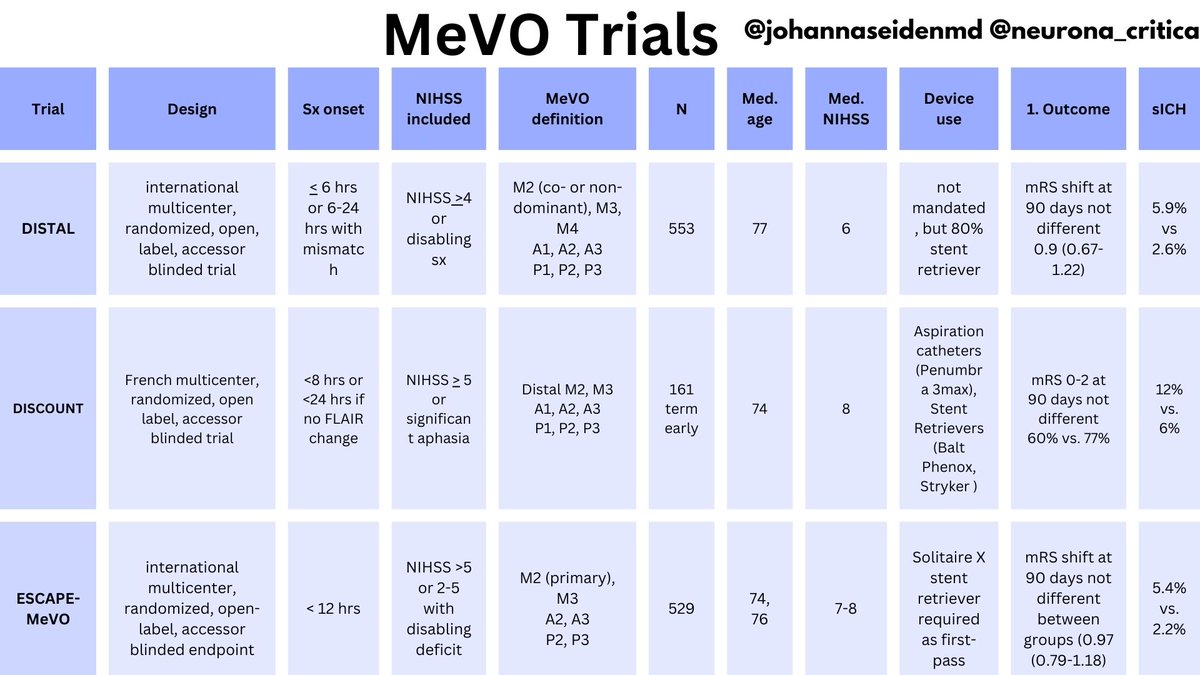

Congratulations to our (precious metal) Beeper Award winners, Jordan and Ryan. You make us proud! University of Michigan Medical School GalensTagDays Zach London







Nearly 90% of strokes are ischemic, meaning blood flow is blocked by a clot that stops brain cells from getting oxygen. There are several lifesaving stroke treatments, but not every person receives the same one. Neurologist Joe Carrera, MD explains: michmed.org/PYGP7


